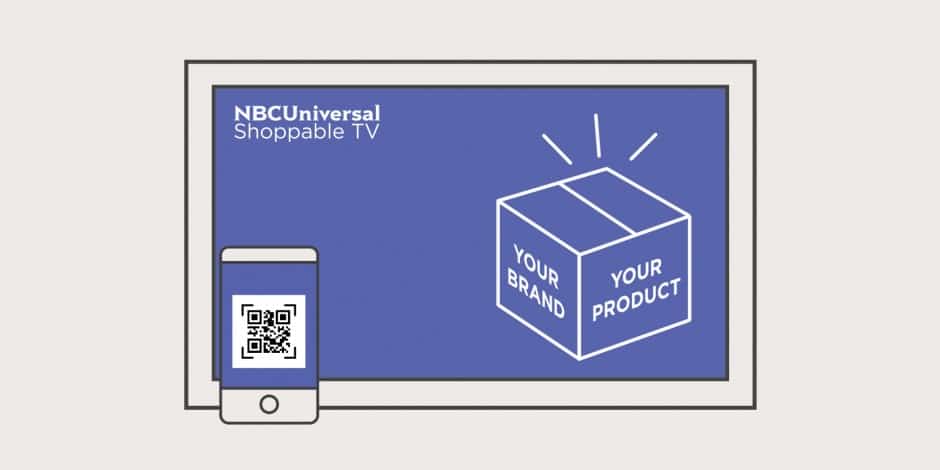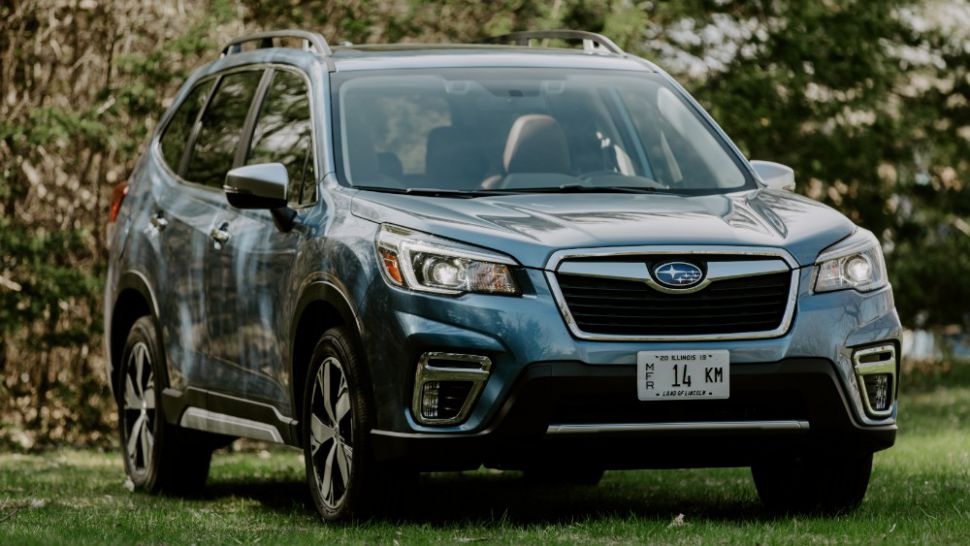
In this week’s Top 5 Tech, there’s a strong thematic trend of technologies that are converging the human and computer experience. Including mixed reality, interactive ads, and a literal biological fusion with AI, this week is a must read!
One downside for companies that pay for onscreen TV advertisement is that catchy imagery and copy isn’t a foregone conclusion to a lead; people have to voluntarily look up the product themselves. With NBCU’s new shoppable TV ads, prospective consumers can interact directly.

By scanning a QR code that appears on the ad with a phone, users will be instantly directed to the product that’s onscreen. This could revolutionise TV ads.
Microsoft’s recently announced HoloLens 2 is a completely unique take on mixed reality. Working in a format that may seem visually comparable to VR, this device projects a holographic image on the glass lens of the headset.

By beaming images through lazer projectors onto oscillating mirrors, three-dimensional images appear right in front of the user’s eyes, creating a real-world illusion. The projections are fully interactive, with the product’s target audience being industrial designers.
There’s no question that Elon Musk has become one of the most relentless forces in the world of technological innovation. One of many futuristic ventures, Neuralink promises to physically bridge the gap between biological and binary intelligence–it might be Elon’s most ambitious project yet.

By connecting the human brain to a computer-based AI system, Neuralink is Elon’s solution to growing fears that AI may one day exceed all human capabilities. Instead, this technology takes an ‘if you can’t beat ‘em, join ‘em’ approach, allowing human beings to gain access to the ever-expanding processing capabilities of computers.
Smart-cars are developing rapidly in today’s market with most manufacturers building tech into their car designs. The Subaru Forester’s scanning technology caught our eye as a great example of a modern technology that could have hugely positive implications for road safety.

By using a facial scanning system, the Forester can detect when a driver’s eyes are closing. The vehicle will play a buzzer alert through the speakers whilst simultaneously lowering the radio volume. The car will also fire a warning display message on the wheel.
The next-gen assistant is promising to be as much as 10x faster than before, utilising a slimmed down AI model that can fit directly on your phone.

Previously, Google Assistant relied on sending data to remote servers for processing, but with speedy internal systems, Google envisions a paradigm shift for users.
That’s all for this week–we’ll be back next Thursday.

©️2024 Grammatik Agency, Second Home, 125–127 Mare St, London E8 3SJ.
[email protected]
+44 (0)20 3950 7057 Privacy policy